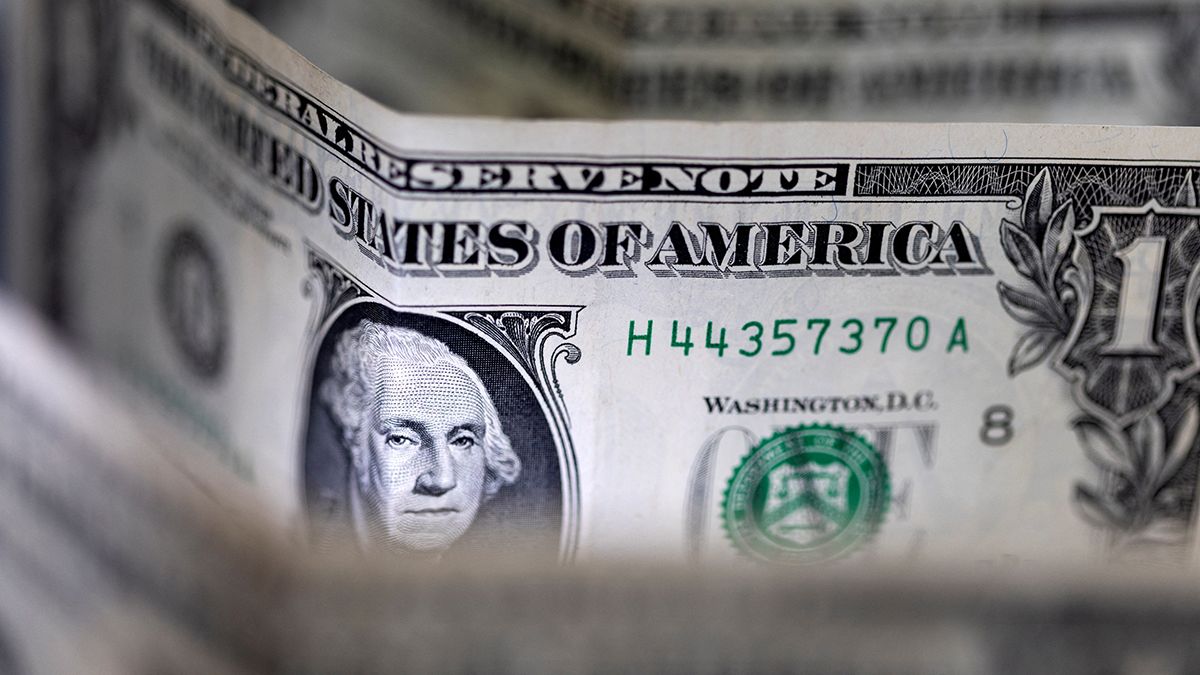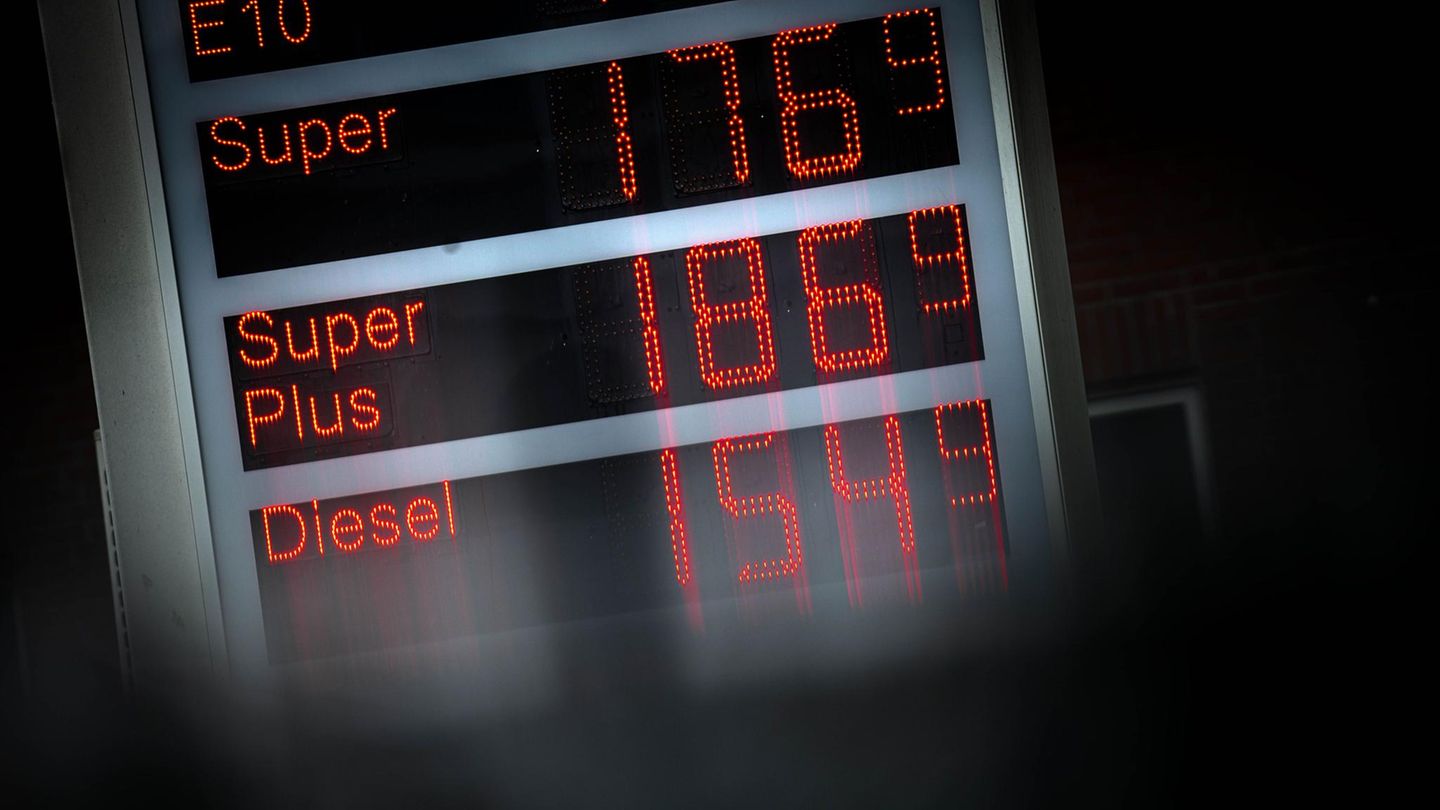He global dollar hit one-month lows against the euro and fell against the yen on Wednesday, as traders see skewed downside risks to the U.S. currency ahead of a key inflation report that could affect the U.S. policy path. Federal Reserve; in Uruguay, Meanwhile, it was possible to reach the fourth consecutive day of increase, reaching the $39 range.
He and in went up in front of the dollar, but it was still close to its lowest levels in more than 30 years, as the difference in yields between Japanese and US public debt continued to fuel sales of the Japanese currency. The euro, for its part, advanced 0.1% to $1.0828, after touching $1.0835 for the first time since April 10.
Waiting for the CPI report
He dollar indexwhich compares the greenback with a basket of six major currencies, fell 0.2% to 104.80 units, its lowest level in a week and a half.
Wednesday’s report on core consumer prices is expected to show that the CPI It rose 0.3% month-on-month in April, below the 0.4% growth recorded in March, according to a Reuters poll.
“Although we hope that (data from the CPI) remain too high for the Fed to feel confident that the time has come to start cutting interest rates, they would be a step in the right direction,” he said. Julien Lafarguechief market strategist at Barclays Private Bank, that expects the rugged process of disinflation to continue.
The dollar in Uruguay
The dollar in the country added its fourth consecutive day to the rise on Tuesday and is slowly approaching the range of 39 pesos, after rising 0.29% compared to Monday and trading at 38,641 pesos, according to the data of the Central Bank of Uruguay (BCU).
In this way, the greenback distanced itself in the local exchange market from what was a drop globally and remains positive so far this month, with an improvement of 0.84%. Meanwhile, in the comparison with the end of 2023, the decrease in dollar is 0.98%.
At a time when the US currency has accumulated four consecutive increases, different sectors expressed their concern about the competitiveness of the Uruguay, in moments where real exchange rate It is between 12% and 15% below its fundamental level, according to BCU estimates.
Faced with this scenario, Patricio Cortabarría, president of the Rural Association of Uruguay (ARU), expressed in dialogue with Ambit that the correction of exchange delay must occur by “reducing the fiscal deficit”.
“Today we are talking about about 2.5 billion dollars that the government spends more than it earns and that is financed through debt. You have to lower the public spending or increase the GDP without increasing spending,” Cortabarría proposed.
Source: Ambito




